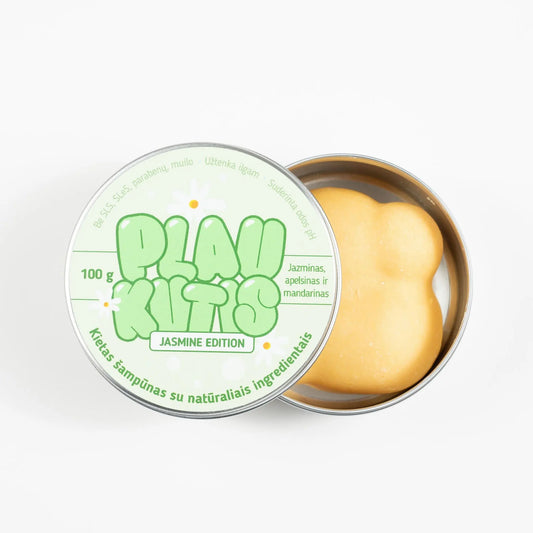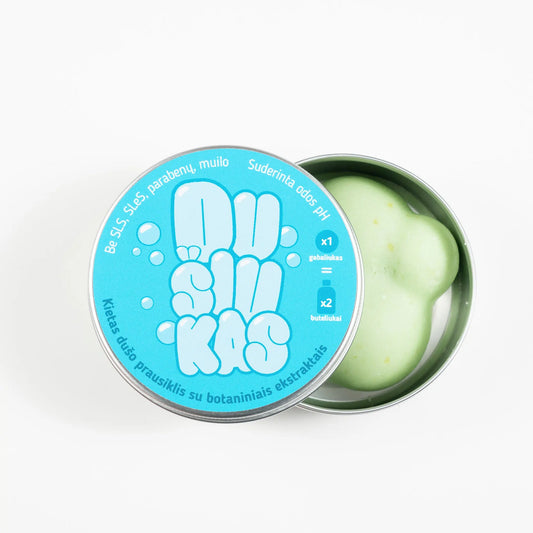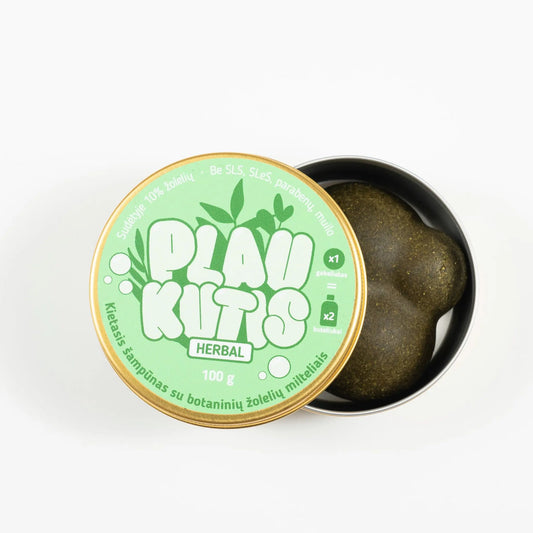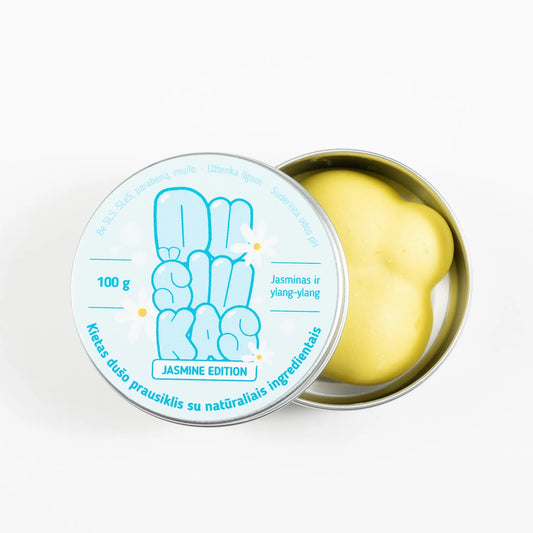Historical Uses and Cultural Significance of Solid Perfumes
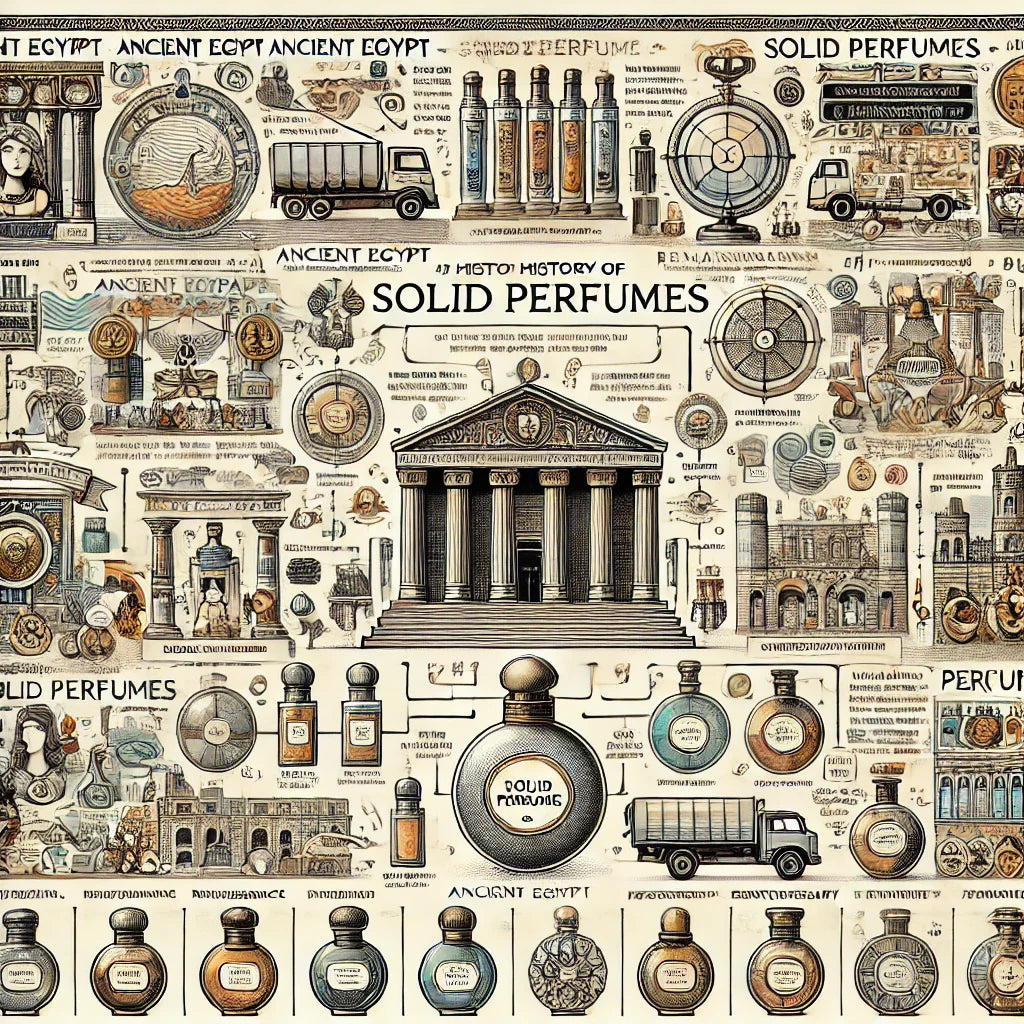
Religious and ritual contexts
Invitations and Ceremonies
Ancient and medieval rituals using strong scents reveal their important place in religious and ritual contexts. These perfumes, often extracted from various resins, trees, spices, and herbs, were used not only in everyday life practices, but also as an essential component in religious ceremonies and rites.
In ancient Egypt, strong perfumes such as frankincense and juniper were an integral part of the worship of the gods and rituals for the dead. The Egyptians believed that Perfumes have the ability to connect them with the world of the gods and help convey prayers and offerings to the gods. Incense, usually extracted from frankincense and myrrh, was used not only in temple ceremonies, but also in everyday life to create a sacred environment.
In the Middle Ages, hard Perfumes remained important in both religious and everyday rituals. Catholics often used incense during Mass and other religious ceremonies to symbolically lift prayers to heaven. Solid Perfumes were also used in front of holy relics and during various ritual processes to give them a sense of holiness and purity.

Spiritual practices and rituals
Spiritual practices and rituals involving the use of scents have been widespread in various cultures. In India, for example, incense and Perfumes have been used in yoga and meditation practices to enhance spiritual focus and create an atmosphere of peace. The use of scents in spiritual practices helps to create a certain psychological state and adds an additional dimension to religious and meditative rituals.
In Chinese culture, the hard perfumes and incense were used not only for religious purposes, but also in feng shui practice, where Perfumes were considered important for attracting positive energy and balancing the environment. Incense was often used during ceremonies to honor ancestors and deities, as well as to ward off negative energies.
Worship of gods and saints
The use of incense in worship and sacrificial rites
Solids Perfume has deep roots in the worship of gods and saints. In ancient Greece and Rome, incense and aromatic resins were used to worship gods and offer various rituals. Fragrances such as frankincense and myrrh were highly valued and considered gifts from the divine world.
In the Middle Ages, as in previous periods, Perfume was used not only as a physical element, but also as a symbolic medium that reflected holiness and divinity. Solids Perfumes were burned during festivals and important events in the religious calendar to create a sacred and pure atmosphere and help believers connect with the divine.

Aspects of daily life
Sanitary significance
Solids Perfumes undoubtedly had sanitary significance both in antiquity and in the Middle Ages. The Egyptians and Romans, for example, used incense and fragrant resins not only as religious symbols, but also as ways to maintain personal and environmental cleanliness. Incense was used to reduce unpleasant odors and help purify the air, especially in public places where hygiene conditions were not the best.
In the Middle Ages, the hard Perfumes also played a role in sanitary practices. Aromatic resins and spices were used to disinfect and deodorize environments, especially during epidemics and disease outbreaks. For example, during the Black Death, incense and fragrances were used to reduce the spread of infections and improve people's well-being.
Using fragrances to combat unpleasant odors and infections
The use of fragrances to combat unpleasant odors and infections has been widespread throughout history. In ancient Egypt and Rome, fragrant resins and incense were used not only for religious purposes but also for practical purposes, to purify the air and reduce bad odors. The Romans, for example, often burned fragrant substances in public baths and during receptions to improve the atmosphere and reduce unpleasant odors.
In the Middle Ages, hard Perfumes were particularly important to combat unpleasant odors and infections. Fragrances were used in hospitals and public places to improve air quality and reduce the risk of infectious diseases. Aromatic resins and spices were also used in the home to create a pleasant and healthy environment.
Social and cultural significance
Solids the role of perfume in social events, celebrations and official meetings
Solids Perfumes played an important role in social events, celebrations and formal meetings. In ancient Greece and Rome, fragrances were often used during public events, festivals and ceremonies to create an impressive and solemn atmosphere. Fragrances were used not only as decorative means, but also as a way to display status and prestige.
In the Middle Ages, hard Perfumes also played an important role in social events and formal gatherings. During celebrations and large events, fragrances were used not only as a means of creating atmosphere, but also as symbols that revealed the importance of the event and the social status of the participants.
Traditions and symbolism of the use of fragrances in different cultures
Solids Perfumes had different traditions and symbolism in different cultures. In India, fragrances were used not only in religious rituals, but also in everyday life. Aromatic resins and spices were used not only as fragrances, but also as symbols that reflected social status and prestige.
In China, fragrances were used not only for religious and spiritual purposes, but also as an important part of social life. Fragrant resins and incense were used during various rituals and ceremonies to create harmony and balance in the environment.
Commercial and economic significance
Trade and industry
The trade and industry of solid fragrances have been of great importance throughout history. In ancient Egypt, Rome, and Greece, fragrances were valued as valuable commodities that were imported and exported through various routes. Incense and aromatic resins were widely used in both religious and everyday aspects of life, and their trade became an important economic sector.
The trade and production of perfumes also developed during the Middle Ages. Perfumes were exported to various European countries and were considered valuable goods. The trade in perfumes helped to develop trade routes and economic ties between different regions.
Main production materials and methods
The production of solid fragrances was usually based on natural materials such as resins, herbs and spices. Production methods often involved crushing these materials, mixing them with other ingredients and drying or heating them. Incense, for example, was made from various resins and spices that were mixed and formed into solid blocks or granules.
During the Middle Ages, production methods became more sophisticated, and technological advances allowed for improvements in the processes for producing solid scents. Fragrances were mixed with various oils and additives to enhance their scent and long-lasting effects.

This article examines the uses of perfumes and their cultural significance from ancient times to the Middle Ages. Fragrances, used in both religious rituals and everyday aspects of life, reveal their importance across cultures and their lasting impact on human life and the development of society.
